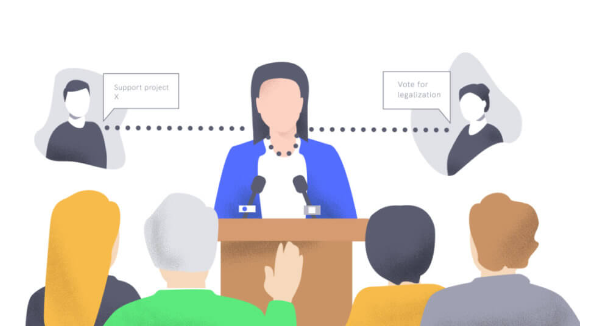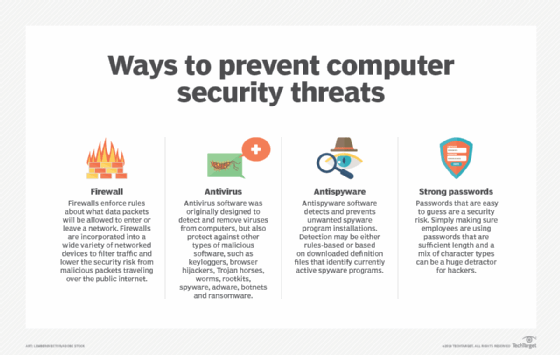
When it comes to financial transactions in this global village, it is extremely important to identify and eliminate dangers related to Politically Exposed Persons (PEPs).
Politically Exposed Persons, or PEPs, are people who work in high offices in positions that give them power. These people have very high chances of being involved in financial crimes like money laundering and corruption. To overcome and eliminate these risks, organizations should make use of PEP screening solutions with which they can examine people and compare their data to the PEP lists. This helps in assessing the level of risk they carry.
The future of PEP Screening calls for dynamism and constant development. One very noticeable trend is the integration of technologies like AI and machine learning into the PEP screening solutions. Making use of these technologies makes the processes more accurate in identifying PEPS and reducing false positives.
Around 12 million individuals around the world are termed as PEPs according to the FATF.
As part of the ongoing monitoring, it is important for organizations to perform EDD and use risk-based approaches. This transition has made it important that the PEP risk assessment systems must be developed so they can cover other details like the source of one’s wealth.
Want to know what PEP Screening is in more detail, read this step by step guide.
How Will Risk Assessment Be Improved?
PEP Checks are becoming an important risk assessment tool. In the future, PEP Checks are likely to provide insights into the nature and level of risk that a PEP is carrying. In simpler terms, it not only identifies a person as a PEP but also finds out the risks linked to their profile.
To improve PEP Risk assessment, predictive analysis and data modeling are also likely to play an important role in the future. By going through huge amounts of information and noticing patterns that may indicate risks, these tools allow FIs to manage the risks related to PEPs.
To maintain a balance, FIs are making full use of technology to automate their PEP list screening processes. With the help of technology and algorithms, the processes have become more accurate and effective.
When talking about detailed risk assessment, the future of PEP screening is all about being transparent and collaborating. when there is more transparency in the transactions and connections of PEPs, it makes the overall financial system more connected.
One way to increase the transparency is by using databases and information sharing mechanisms. They make it easy to share the information related to PEPs with different organizations like the banks, agencies and the authorities, making the risk assessment and elimination of risk easy.
Note: AML Watcher has access to more than 60,000 databases and covers 235+ countries. Choose who to screen and get real-time results in seconds. Try searching for free.
The future of PEP risk assessment is all about getting used to a thorough approach that is more than just screening. This means that there must be more in-depth investigations about where the wealth is coming from, nature of the transactions and the intentions of the PEPs as well as their partners.
By using open-source intelligence and due diligence practices, FIs can get insights into the activities of the PEPs and find out the red flags that can lead to crimes.
What Does The Future Hold?
The future of PEP risk assessment also calls for a move towards continuous observing and assessment of not just the PEPs but also their connections. This is because PEP screening doesn’t end after it’s done once, in fact, it must be done for a longer basis as this helps in noticing any changes in their risk profiles of PEP status quickly. The future of PEP screening is full of innovation, transparency, and collaboration with others.
So, are you ready to adapt to the future of PEP screening and improve your screening operations? Explore AML Watcher now and use our amazing screening services.



